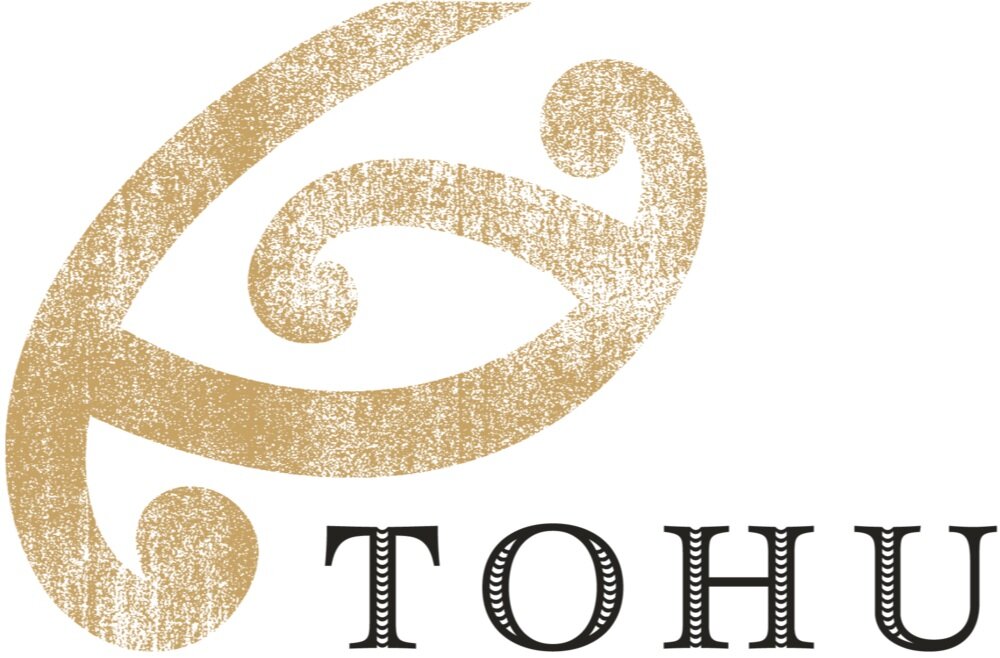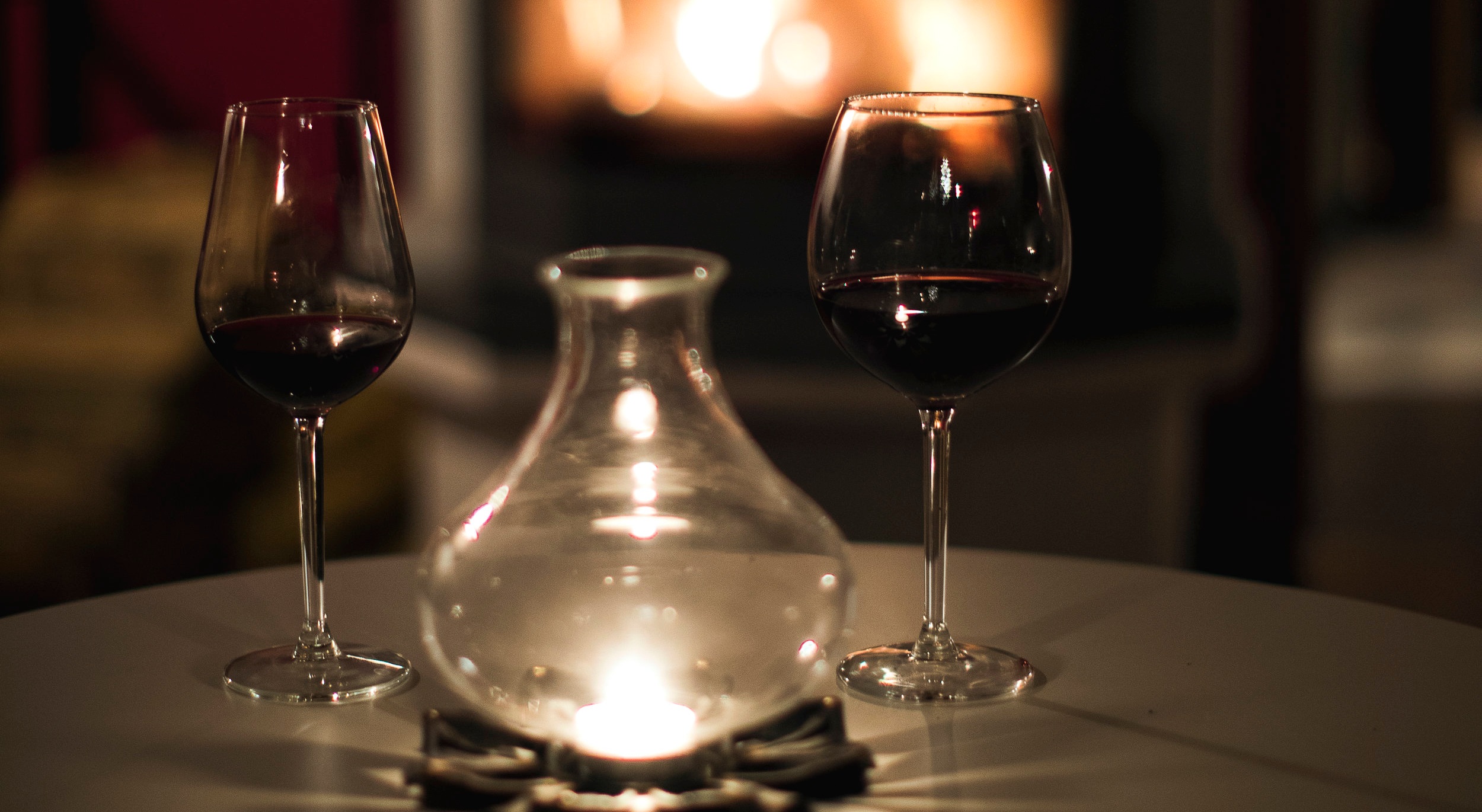Guide to Syrah
Although it’s fun to point out to unwitting punters that Shiraz and Syrah are actually the same grape, it doesn’t hurt to acknowledge that they are very different styles of wine. And the grapes themselves look very different on the vine.
That’s why we have treated them as separate wines for the purpose of this guide.
Shiraz is essentially the Australian name for Syrah, and you can probably guess, it is growing conditions and treatment of the grape and resulting wine that differentiates them.
You wouldn’t have to be a connoisseur to notice the differences in look and taste between a light, lean and delicate Syrah from France or New Zealand and a bold Aussie Shiraz, which will likely be richer and more full-bodied.
Syrah flavour
Because both Shiraz and Syrah are genetically the same they share very similar primary flavours - in particular a spicy, peppery note.
However depending on where the grape is grown resulting wines can also take on pronounced leathery and savoury notes, while others will explode with black cherry and berry.
Whether its Shiraz or Syrah, the top wines are very smooth, and pair well with rich meaty dishes which we touch on later.
New Zealand Syrah
The largest and most famous Syrah-producing region of New Zealand is Hawkes Bay. Waiheke Island in Auckland, Martinborough and the Wairarapa also produce internationally acclaimed bottles.
They generally all boast typical Syrah flavours of plum and savoury black pepper, but are said to have a hint of violet on the palate. There are also regional nuances.
Overall, New Zealand Syrah is refined and elegant, reminiscent of traditional French styles (often referred to as ‘old world’ style), and crammed with complexity due to a longer ripening season in our cooler climate.
Local winemakers ferment the grapes in stainless steel or in French oak. It is sometimes blended with Viognier, but at Tohu we have had great success as a single varietal.
Tasting notes on our Tuhu Hawkes Bay Syrah 2015 shed some light on aroma and flavours;
A deep luminous purple hue in the glass, this Hawkes Bay Syrah displays rich and complex layers of dark berry fruit, lifted florals and savoury spice notes on the nose. Aged in French oak barriques for 15 months, the palate is finely balanced with concentrated black plum, peppery spice and smoothly structured tannins that lead to a finish with both length and power.
Storing Syrah
To maximize the shelf life of an unopened bottle, store in a cool, dark area, away from direct heat or sunlight. Try your best to keep the temperature steady.
Middle-tier Syrah’s can typically drink very well from between five to nine years. Of course age-worthy bottles can be cellared for 12 to 25 years.
Question the winemakers on cellaring if you have the luxury of being at a winery cellar door.
Storing opened Syrah
Once you twist the cap your wine is exposed to oxygen and bacteria which begins to alter its colour, aromas and flavour.
Always sit your open wine in the fridge with the cap back on. It may seem strange to put a red in the fridge, but it’s the best way to slow down the oxidation process.
Your wine should still be drinkable for around three to five days. If in doubt, leftover wine can also be used for cooking. Like most reds it’s a great addition to rich, savory sauces.
If you’re concerned that it has turned, look at the wine in a clear glass for changes in colour and trust your sense of smell. Then taste it - it won’t ever hurt you, even if it has turned. If you detect an ‘off’ odour, flavour or appearance, it should be discarded, unless you want to turn it into wine vinegar, which is becoming more popular (and is remarkably easy).
How to serve Syrah
Serve a little less than room temperature, at around 15 degrees.
Impress your dinner guests by serving your Syrah in a red wine glass with a wide bowl. The ‘Bordeaux glass’ is perfectly designed for full-bodied red wines. The glass is taller so the wine proceeds directly to the back of the mouth to maximise flavours.
Nutritional information
Shiraz and Syrah are much darker than Cabernet Sauvignon and contain high amounts of health-invigorating antioxidants. As if you needed any more reasons.
The grape(s) will vary greatly in terms of nutritional breakdown, especially as the fermentation process differs from brand to brand, season to season, and bottle to bottle, and depends greatly on the age of the grapes and style of wine.
But the experts can offer us ‘averages’ for standard bottles / glasses, when it comes to things like calories and alcohol content.
Calories in Syrah
A ‘standard’ glass of Syrah will contain around 120 calories (though the calorie content will change depending on the sweetness and ABV (alcohol) of the wine.
An easy thing to remember is the “bigger bodied” the wine, the higher the carb count will likely be. Lighter, dry wines will generally always have a lower carb count. Check the label before drinking if you are worried about these things.
Alcohol content in Syrah
Because this wine is fermented from grapes some of the calories will be carbohydrates in the form of sugar, but the majority of calories actually stem from the alcohol content itself, which is usually around 12% - 14% ABV.
Preservatives and additives in Syrah
Mass-produced wines often from overseas are more likely to be additive-rich. We recommend always checking labels.
In New Zealand, strict food safety regulations control the use of wine protectants or preservatives and all wineries are audited on this annually.
At Tohu, the concept of caring deeply for our lands and their rich and fertile condition create wines of personality and purity. We therefore use as little additives as possible and adhere to the strictest of standards. Our vineyards and winery are certified by Sustainable Winegrowing New Zealand.
Tohu Harvest
Pairing Syrah with food
Lighter, cool climate Syrahs are a little tart on the nose and bursting with fruit flavour that is of course, mouth watering. This style will pair well with delicate meat dishes such as grilled lamb. The peppery spice in all variations of this grape work beautifully with allspice and even mint.
A bold, warm climate Syrah or Shiraz will work with a rich BBQ pork dish, cutting through the fat while the flavours explode.
Syrah is a great cooking wine as a rich base for red wine sauces.
When it comes to cheese pairings, fruity reds match with sheep's milk cheeses, hard cheeses, and blue cheese.
Syrah compared to other red wines
Here are some characteristics to expect from Aotearoa’s most popular red wine varieties, in order of “body”:
Pinot Noir: cherry, plum, perfumed florals and spice, through to earthy
Merlot: plum and cherry, less tannin, smooth finish
Cabernet Sauvignon: black currant and leather, high tannin, longer finish.



